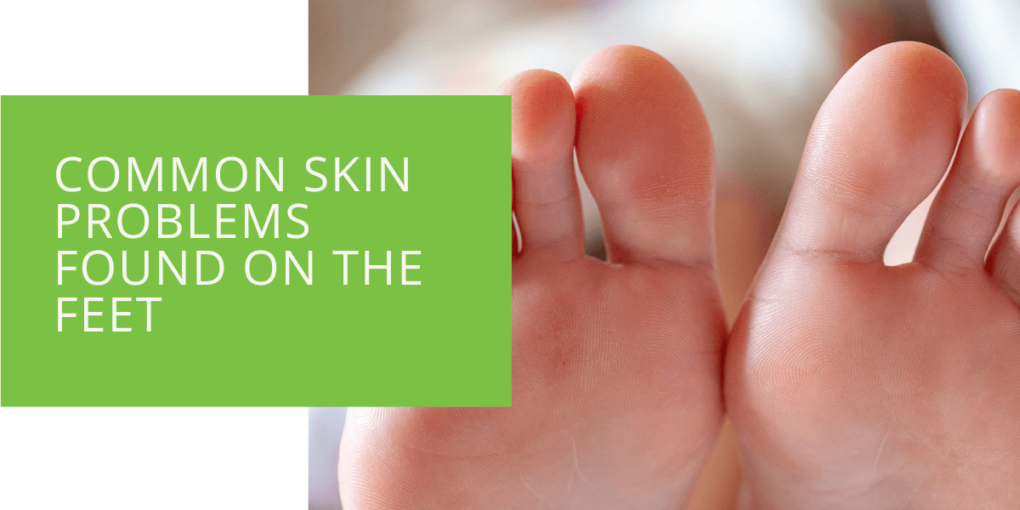7 Common Skin Problems Found on the Feet
Our feet are the most hardworking part of our body, bearing our entire weight daily. With all our walking, running, jumping, and standing, it's no surprise that our feet are susceptible to various foot problems, including skin problems. In this article, we'll discuss the five most common skin problems affecting the feet, their causes, symptoms, and treatment.
1. Athlete's Foot
Athlete's foot, also known as tinea pedis, is a fungal infection that affects the skin on the feet. It's called athlete's foot because it's common among athletes who frequently wear damp socks or use public showers and pools. The fungus thrives in moist environments and can be contagious.
Symptoms
The symptoms of athlete's foot include:
- Itching, stinging, or burning sensations between the toes or on the sole
- Redness or soreness
- Peeling, cracking, or scaling skin
- Blisters or ulcers that ooze fluid
- Dry skin that may appear white or grayish
Causes
An athlete's foot is caused by a fungal infection that thrives in warm and damp environments such as public showers and pools. It can also be spread through contact with an infected person or from walking barefoot in public areas.
Treatment
Treatment for athlete's foot involves keeping the feet clean and dry and applying antifungal creams or ointments. If the infection is severe, oral antifungal medication may be prescribed. Prevention tips include:
- Wearing clean, dry socks and shoes that allow the feet to breathe
- Avoiding walking barefoot in public areas
- Keeping the feet clean and dry, especially between the toes
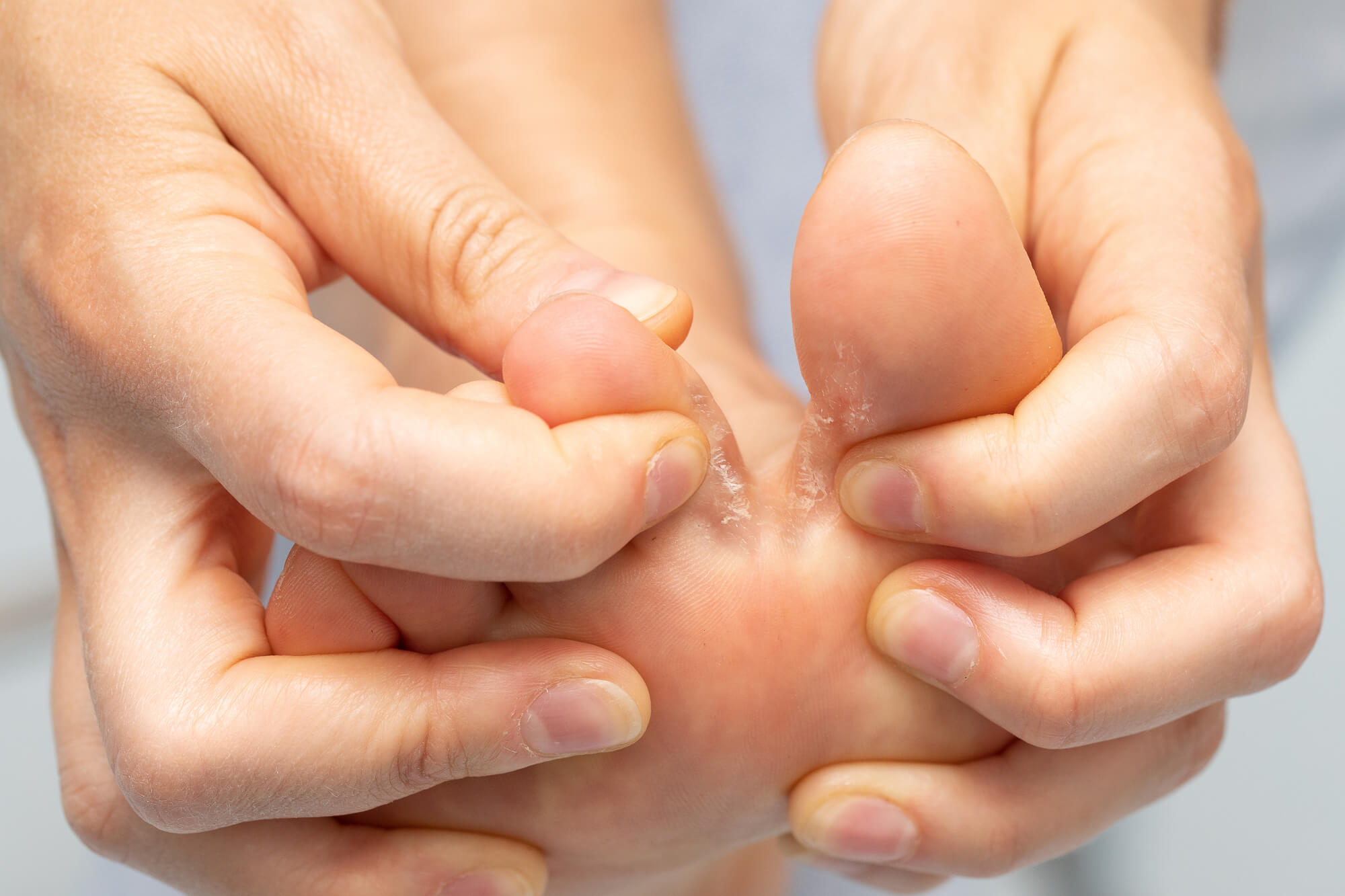
2. Blisters
Blisters are a common foot problem due to friction or rubbing against the skin. They appear as fluid-filled sacs on the skin's surface and can be painful and uncomfortable.
Symptoms
The symptoms of blisters include:
- A painful, fluid-filled sac on the surface of the skin
- Redness or soreness around the blister
- Itching or burning sensations
Causes
Blisters are caused by friction or rubbing against the skin, usually due to ill-fitting footwear or excessive physical activity. They can also occur due to burns or frostbite.
Treatment
The blister treatment involves keeping the feet clean and dry and covering the blister with a sterile bandage or dressing. A podiatrist can drain the blister using a sterile needle if it is painful. Prevention tips include:
- Wearing properly fitted shoes and socks
- Using padding or blister prevention products to reduce friction
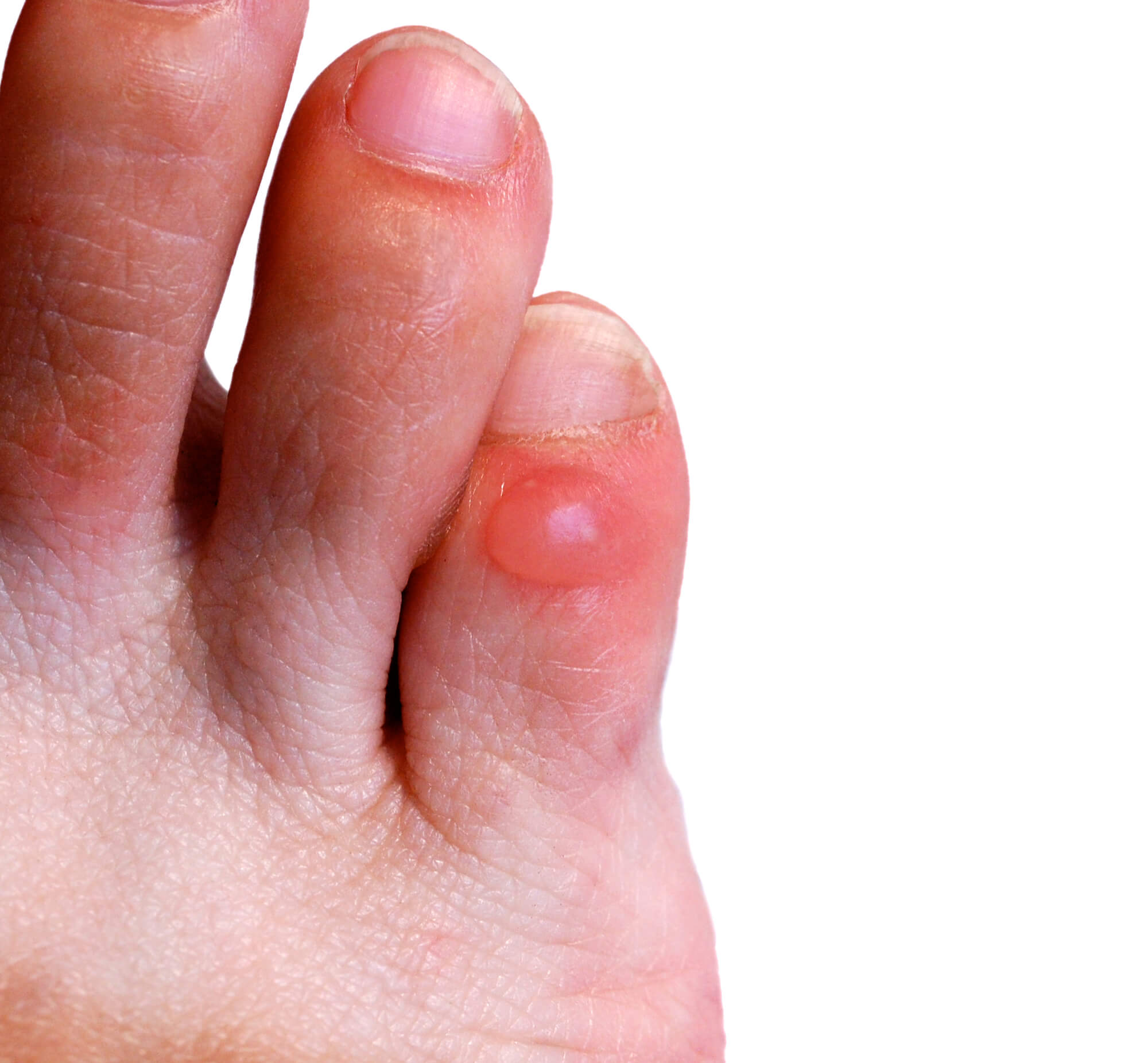
3. Corns and Calluses
Corns and calluses are thickened, hardened areas of skin that develop on the feet due to friction or pressure. They can be painful and unsightly and, if left untreated, can lead to infection.
Symptoms
The symptoms of corns and calluses include:
- A hardened, thickened area of skin on the foot
- A bump or lump on the foot
- Tenderness or pain around the affected area
Causes
Corns and calluses are caused by repeated friction or pressure on the skin of the feet. They can also be caused by wearing ill-fitting shoes or standing or walking for long periods.
Treatment
Treatment for corns and calluses involves reducing the pressure or friction on the affected area. This can be done by wearing properly fitted shoes, padding, or trimming the corn or callus. A podiatrist can also use a scalpel to remove the dead skin. Prevention tips include:
- Wearing properly fitted shoes and socks
- Using padding or insoles to reduce friction
- Keeping the feet clean and dry
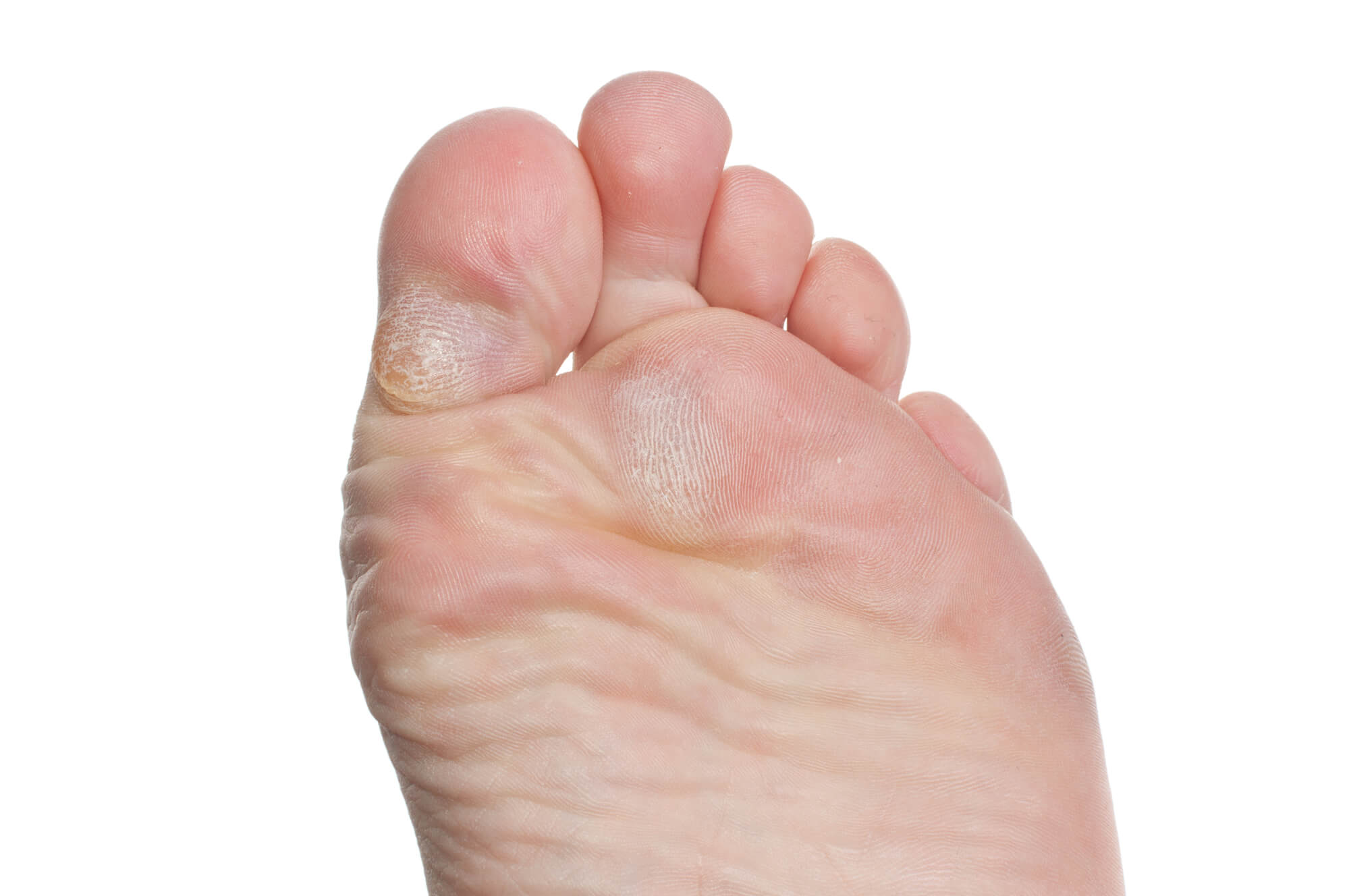
4. Plantar Warts
Plantar warts are small, fleshy growths that appear on the sole. They are caused by the human papillomavirus (HPV) and are usually harmless but can be painful and unsightly.
Symptoms
The symptoms of plantar warts include:
- Small, fleshy growths on the sole
- A bumpy or rough surface on the wart
- Black pinpoints on the surface of the wart
- Pain or tenderness when walking or standing
Causes
Plantar warts are caused by the human papillomavirus (HPV) and can be spread through contact with an infected person or by walking barefoot in public areas.
Treatment
Treatment for plantar warts involves applying over-the-counter or prescription-strength topical medications, freezing the wart with liquid nitrogen, or removing the wart surgically. Prevention tips include:
- Avoiding walking barefoot in public areas
- Keeping the feet clean and dry
- Avoiding contact with an infected person
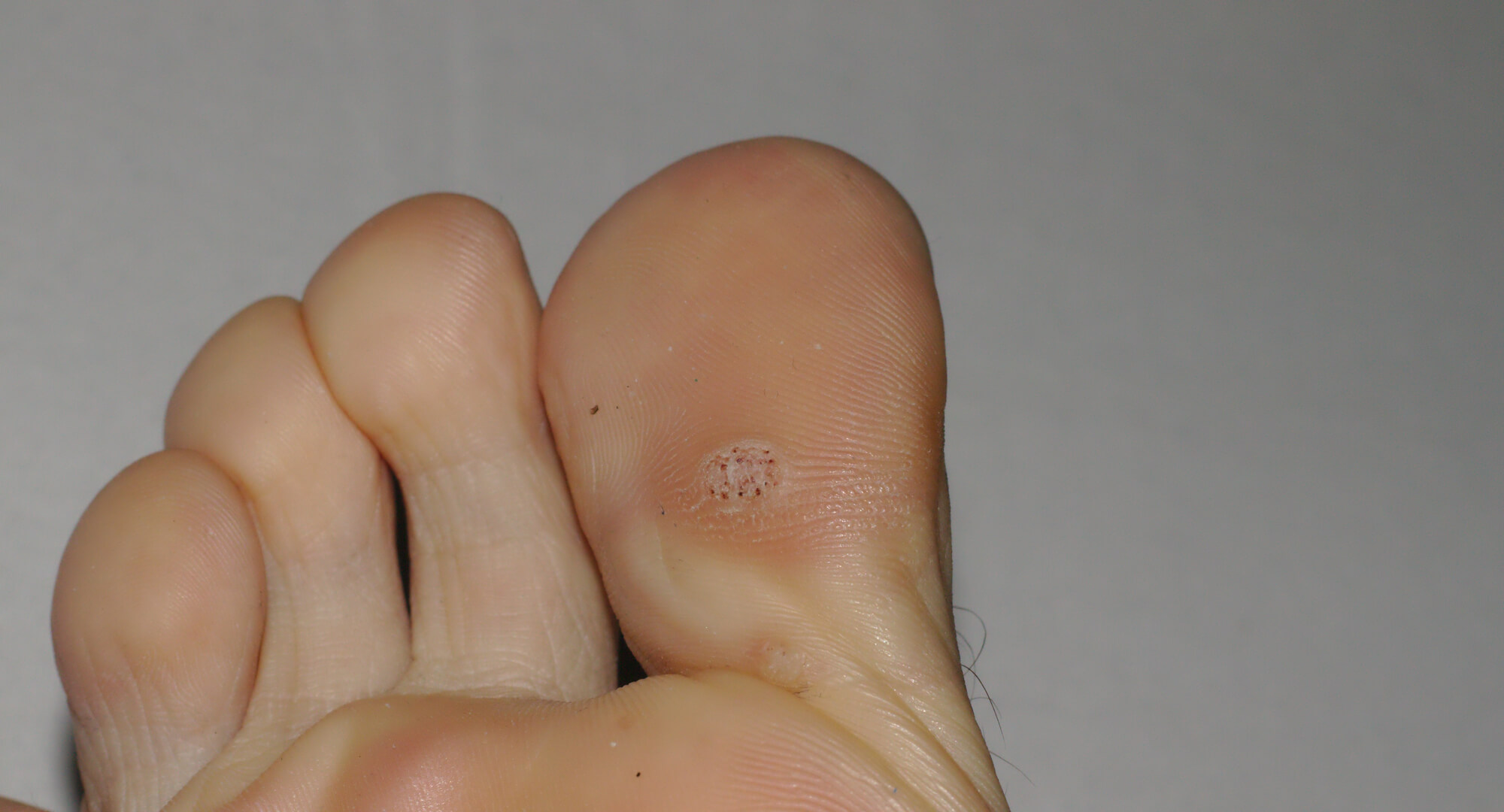
5. Ingrown Toenails
Ingrown toenails occur when the corner of a toenail grows into the skin, causing pain, redness, and swelling. Various factors, including tight shoes, improper nail trimming, and injury to the toe can cause them.
Symptoms
The symptoms of ingrown toenails include:
- Pain and tenderness around the affected toenail
- Redness and swelling around the toenail
- Infection, which can cause pus or drainage
Causes
Ingrown toenails are caused by the toenail growing into the skin, usually due to tight shoes, improper nail trimming, or injury to the toe.
Treatment
Treatment for ingrown toenails involves soaking the foot in warm water, wearing open-toed shoes, and using over-the-counter pain relievers. A podiatrist may also need to trim or remove the affected toenail. Prevention tips include:
- Trimming toenails straight across and not too short
- Wearing properly fitted shoes with room in the toe box
- Avoiding tight shoes or high heels
- Avoiding injury to the toenail
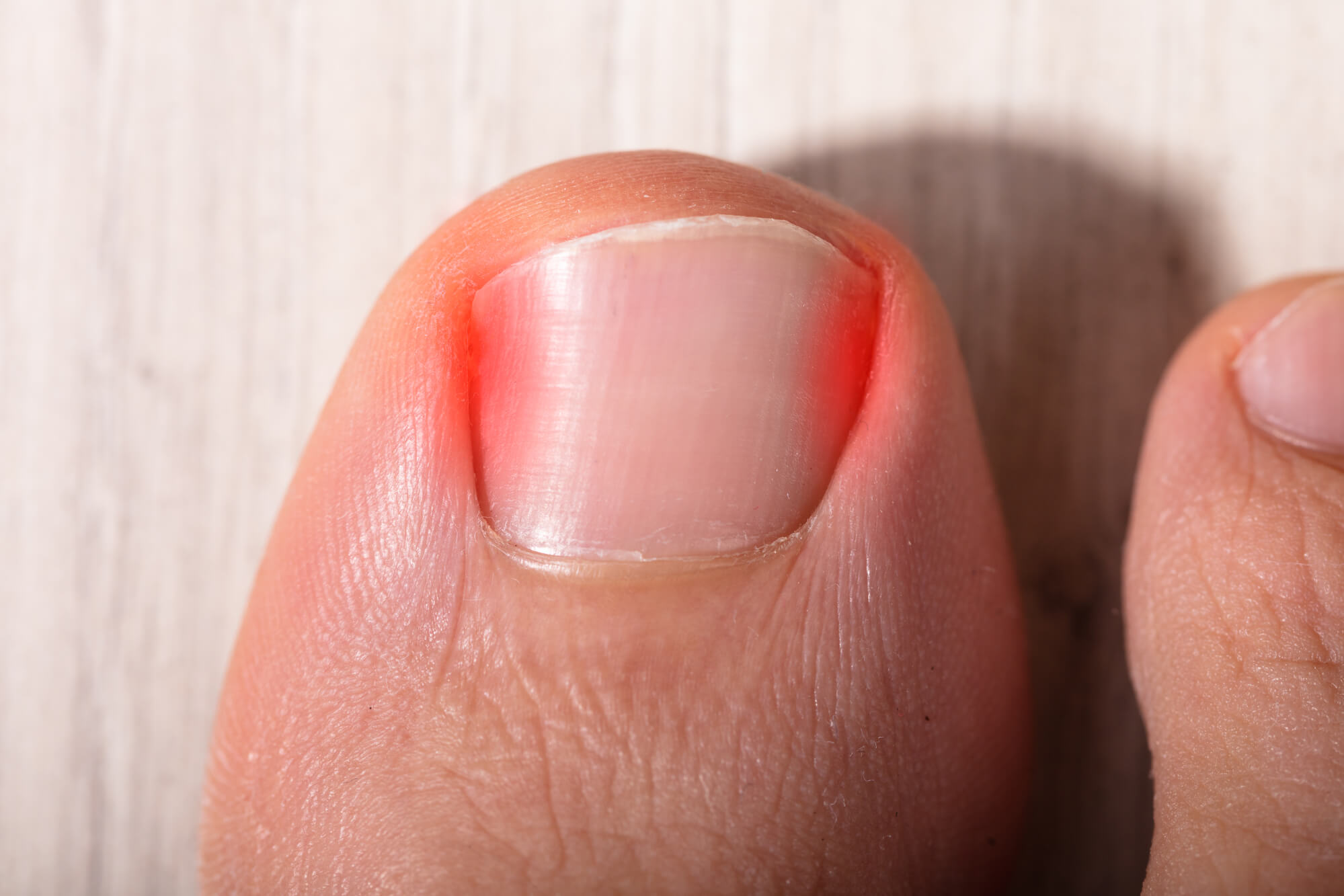
6. Ulcers
Ulcers are open sores that develop on the skin of the feet. Various factors, including diabetes, poor circulation, and injury to the foot can cause them.
Symptoms
The symptoms of ulcers include:
- Open sores on the skin of the foot
- Pain or tenderness around the ulcer
- Redness or swelling around the ulcer
- Drainage from the ulcer
Causes
Ulcers are caused by a variety of factors, including:
- Diabetes, which can cause nerve damage and poor circulation
- Poor circulation, which can cause tissue damage and slow healing
- Injury to the foot, which can break the skin and lead to infection
- Peripheral arterial disease (PAD), can cause the arteries in the legs and feet to narrow
Treatment
Treatment for ulcers involves keeping the ulcer clean and dry, removing dead tissue, and applying medication or dressing. If the ulcer is caused by an underlying medical condition, such as diabetes or PAD, that condition must also be treated. In severe cases, surgery may be required. Prevention tips include:
- Checking the feet regularly for signs of injury or infection
- Wearing properly fitted shoes and socks
- Keeping the feet clean and dry
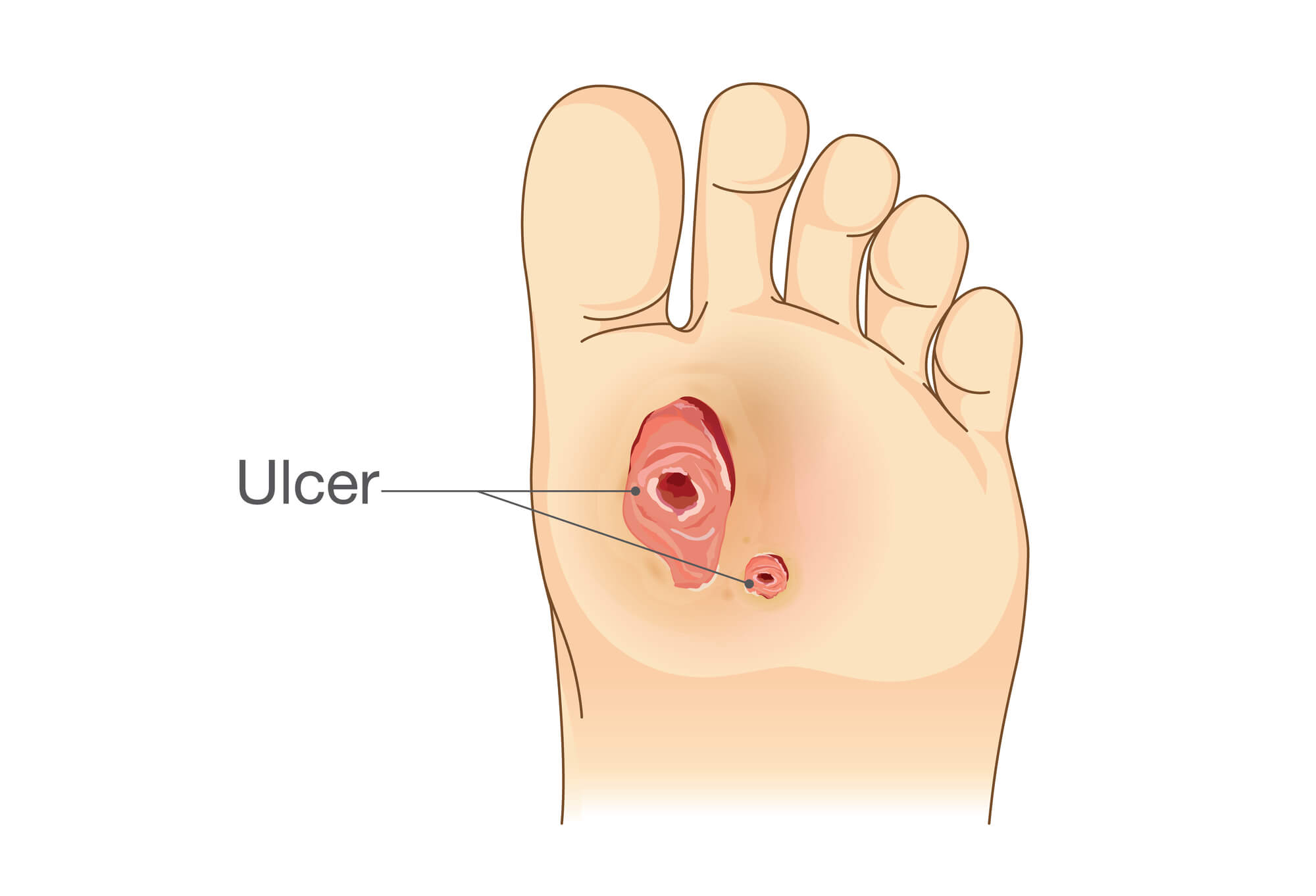
7. Heel Fissures
Heel fissures, also known as cracked heels, are a common foot problem that occurs when the skin on the heel becomes dry and thickened, leading to cracks or fissures in the skin.
Symptoms
The symptoms of heel fissures include:
- Cracks or fissures in the skin of the heel
- Thickened, dry skin on the heel
- Pain or tenderness around the heel
Causes
Heel fissures are caused by a variety of factors, including:
- Dry skin, which can be caused by climate, medication, or medical conditions
- Excessive pressure on the feet can cause the skin to thicken and crack
- Standing for long periods, can cause the skin to dry out and crack
- Open-back shoes or sandals can allow the heel to dry out and crack
Treatment
Treating heel fissures involves keeping the feet clean and dry, using a moisturizing cream or lotion to soften the skin, and wearing properly fitted shoes with good support. A podiatrist may also need to remove the thickened skin or prescribe medication for severe cases. Prevention tips include:
- Using a pumice stone or foot file to remove dead skin regularly
- Using a moisturizing cream or lotion to keep the feet soft and hydrated
- Wearing properly fitted shoes with good support
- Avoiding open-back shoes or sandals
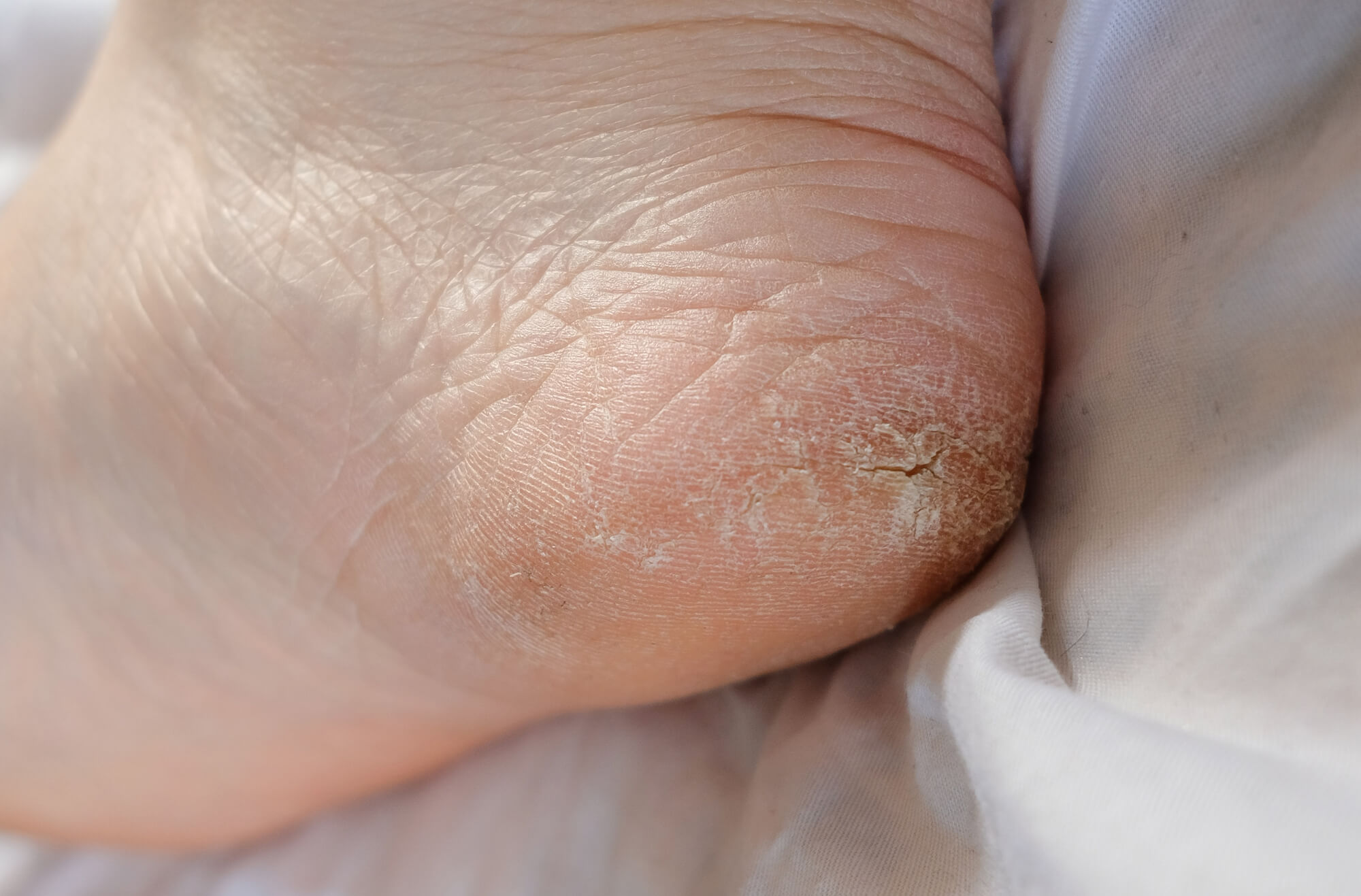
Conclusion
Foot problems are common, and skin problems are no exception. The five skin problems discussed in this article can be painful, uncomfortable, and unsightly, but they are also treatable and preventable. Following the prevention tips and seeking treatment when needed can keep your feet healthy and free from skin problems. If you experience any of these skin problems, it's important to consult with a podiatrist to get an accurate diagnosis and proper treatment.
Remember always to keep your feet clean and dry, wear properly fitted shoes, and avoid walking barefoot in public areas. By caring for your feet, you can ensure that they will continue supporting you in all your activities for years to come.

